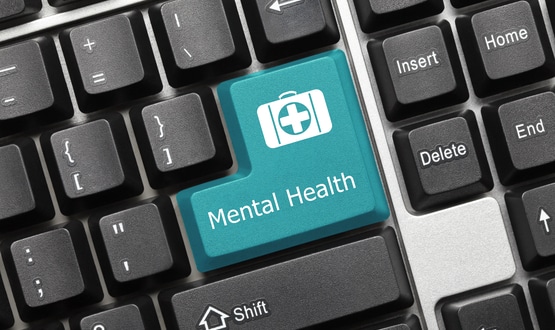E-mail with patients will demand new skills
- 19 June 2007
E-mail communication with patients will require astute judgement from doctors about which correspondents need to be evaluated in person and sound intuition about when patients’ emotional needs are better served face-to-face, according to a study in the New England Journal of Medicine.
The article (NEJM 356;24 2451-2454 – subscription required) by John H. Stone, formerly of Johns Hopkins University Medical School in Baltimore, reflects on the growing volume of e-mail correspondence between doctors and patients in the US and concludes that its use is now inevitable “in some form or many.”
Writing about the adoption of secure e-mail for patients in his clinic he writes: “Self-preservation was high on our list of reasons for establishing online communication. Our patients had become accustomed to contacting us through myriad routes: the clinic telephone, our individual office lines, the hospital paging system, our cell phones, the clinic fax machine and, in some cases, our home telephones.
“Secure web messaging about routine issues was an attempt to direct round-the-clock communication into a manageable channel.”
After overcoming legal and security issues, the clinic started to use e-mail for online appointment scheduling, repeat electronic prescriptions, general messaging capabilities and “Web visits” with doctors.
Stone identifies benefits for office staff who are freed up from routine tasks to serve patients with urgent needs. He says that although doctors are wary of returning from busy clinics to find a dozen web messages awaiting response, most find it much easier to reply to queries in this form than to return a dozen telephone calls.
He concludes: “The ‘laying on of hands’ will increasingly include the pressing of keys.”





